Guidelines for Reviewers
The Review Process:
All submitted manuscripts to CRSL are read by the Editor-in-Chief and/or editorial staff as indicated by subject content. Only those papers most likely to meet our editorial criteria are sent for formal peer review. Typically, three reviewers are consulted, however, more reviewers are used if special expertise is required. Those papers judged to be of insufficient interest or inappropriate for our journal are rejected without external review.
Editorial decisions are made on the strength of the arguments raised by reviewers and of their concerns. We take reviewers comments seriously and are reluctant to disregard technical criticism. However, editorial decisions do not always follow the majority recommendation. Our primary responsibilities are to our readers and to the scientific surgical community at large.
Selection of Peer Reviewers:
Selecting competent peer reviewers for our multispecialty journal is a critical component of the publication process. We base our choice of reviewers on many factors including expertise, reputation, membership in recognized surgical societies, SLS and specialty boards along with specific recommendations of leaders in the field of minimally invasive surgery. All JSLS Peer Reviewers must be U.S. Board Certified.
Technique:
The first rule of peer review is to be courteous. A good peer reviewer makes specific, constructive, and useful comments to help improve the manuscript’s presentation, even if the final disposition is to “reject.” The peer review is both a critique for the editor to determine the disposition of the manuscript (accept, accept with minor revision, accept with major revision, or reject) and an educational opportunity for the surgeon who is submitting the manuscript. A peer reviewer is a consultant, not a judge and jury.1,2
Guidelines:
- What is your perception of the science of the paper? “The paper describes … and concludes ….”
- Is the work original?
- Is the science of high quality?
- Does the study have a scientifically valid “protocol and/or study design”?
- Is there enough new information to merit publication?
- What are your editorial suggestions to improve the manuscript (both suggestions of something to add or constructive critique of something to remove)?
- Indicate the strengths of the paper.
- Indicate the weaknesses of the paper.
- Is the hypothesis clear?
- Are the methods adequately described?
- Can you follow the results? Do the tables and images make sense and agree with the text?
- Are the statistics appropriate? Does a statistician need to review the manuscript also?
- Is the work adequately discussed?
- Are the conclusions supported by the presented “evidence”?
- Is there any apparent bias, either overt or unrecognized by the author?
- Are the references complete and pertinent?
- Are the appropriate acknowledgments included (eg, educational grants)?
The final report should contain answers to 5 questions:
- Originality: Is the work original, and does it contribute to the literature?
- Quality: Is the research question or hypothesis clearly defined, is the experimental design valid, and is the hypothesis answered?
- Quantity: Is there enough material presented?
- Readability: Is there a way to improve the work? Is an expert in the use of the English language necessary?
- Appropriateness: Is the manuscript appropriate for this journal (ie, does it involve minimally invasive surgery, robotics, or advanced technologies), and would it be of interest to our readership)?
Recognition:
CRSLS reviewers have found this work to be an important and rewarding activity in their surgical careers. However, their effort is mostly invisible and rarely rewarded. CRSLS records a reviewers’ history and recognizes all reviewers annually in the journal by listing their names.
Distinguished reviewer status, a special category, is conferred on those reviewers who have completed at least 10 quality reviews in one calendar year. Distinguished reviewers are acknowledged by being listed as such in the journal and issued a certificate confirming their recognition by the editorial board.
Anonymity:
CRSLS does not release reviewers’ identity to authors or to other reviewers.
References:
1. Peer-review techniques for novices. Accessed December 17, 2013
2. Hoppin FG., Jr How I review an original scientific article. Am J Respir Crit Care Med. 2002;166:1019–1023 http://dx.doi.org/10:1164/rccm.200204-3240E Accessed December 17, 2013 [PubMed]

